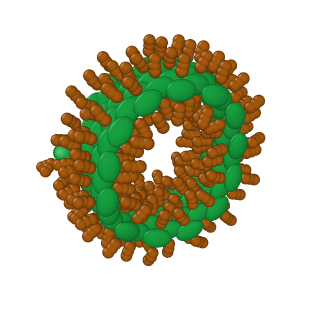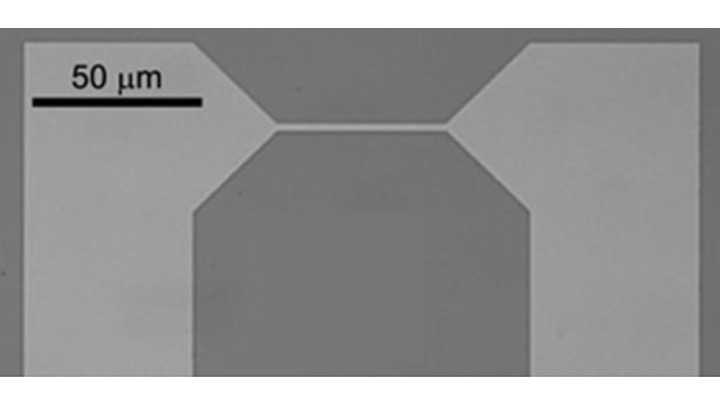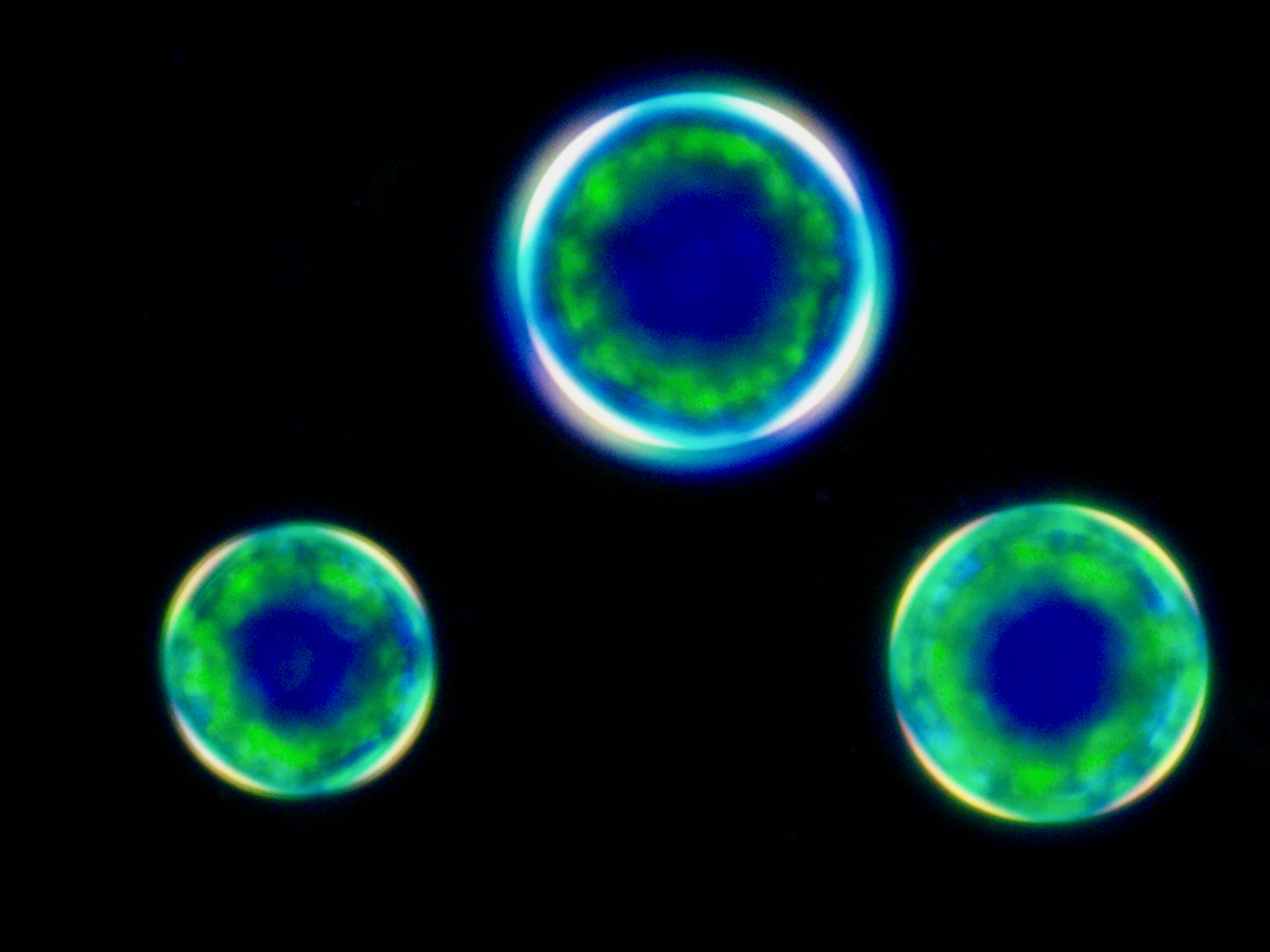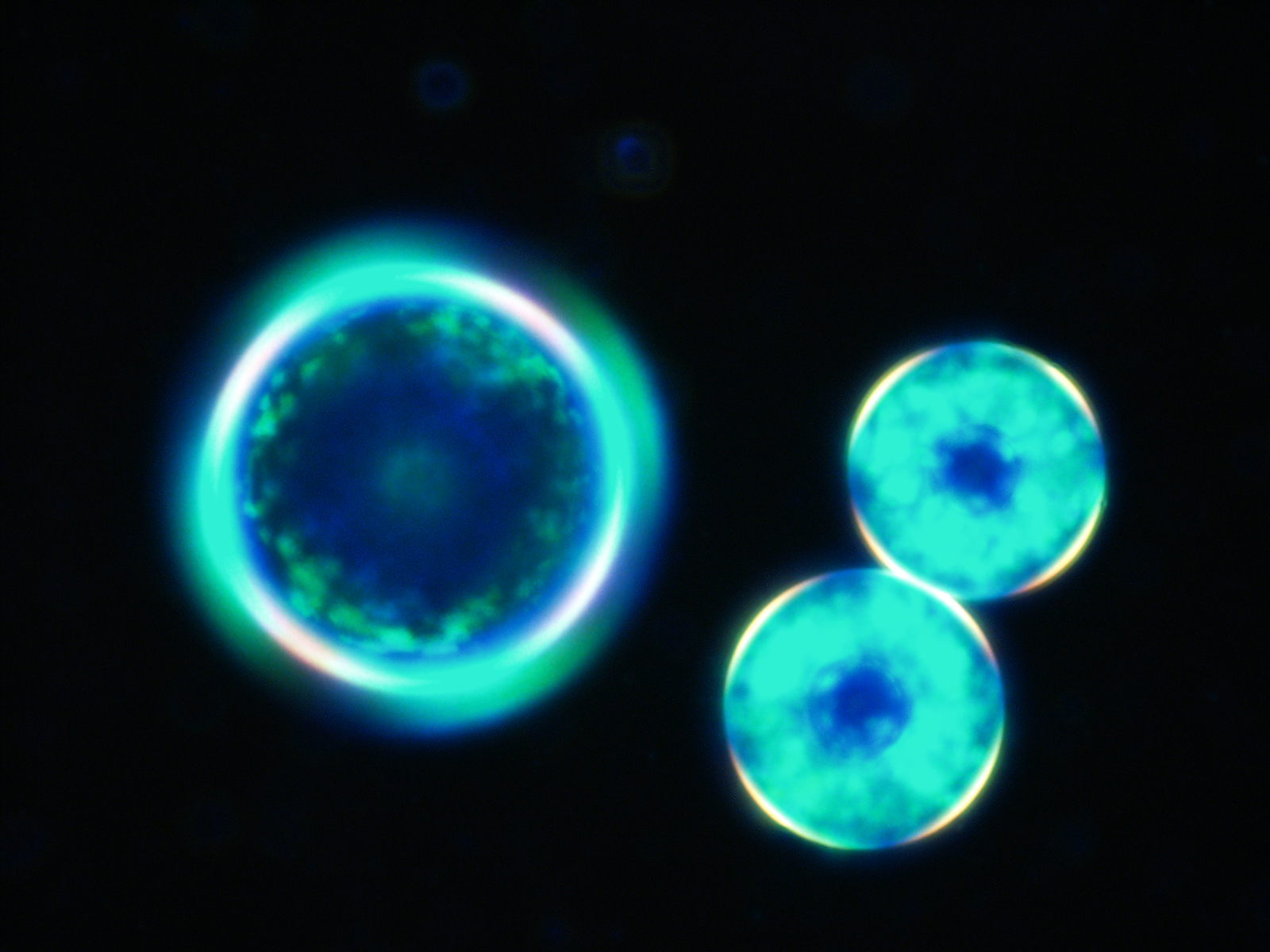
Hi! I'm Alex Cohen, a NDSEG fellow and PhD candidate at MIT in
computational science and engineering
with a focus in chemical engineering.
I am interested in using math and science
to improve human life and explore our universe.
About Me
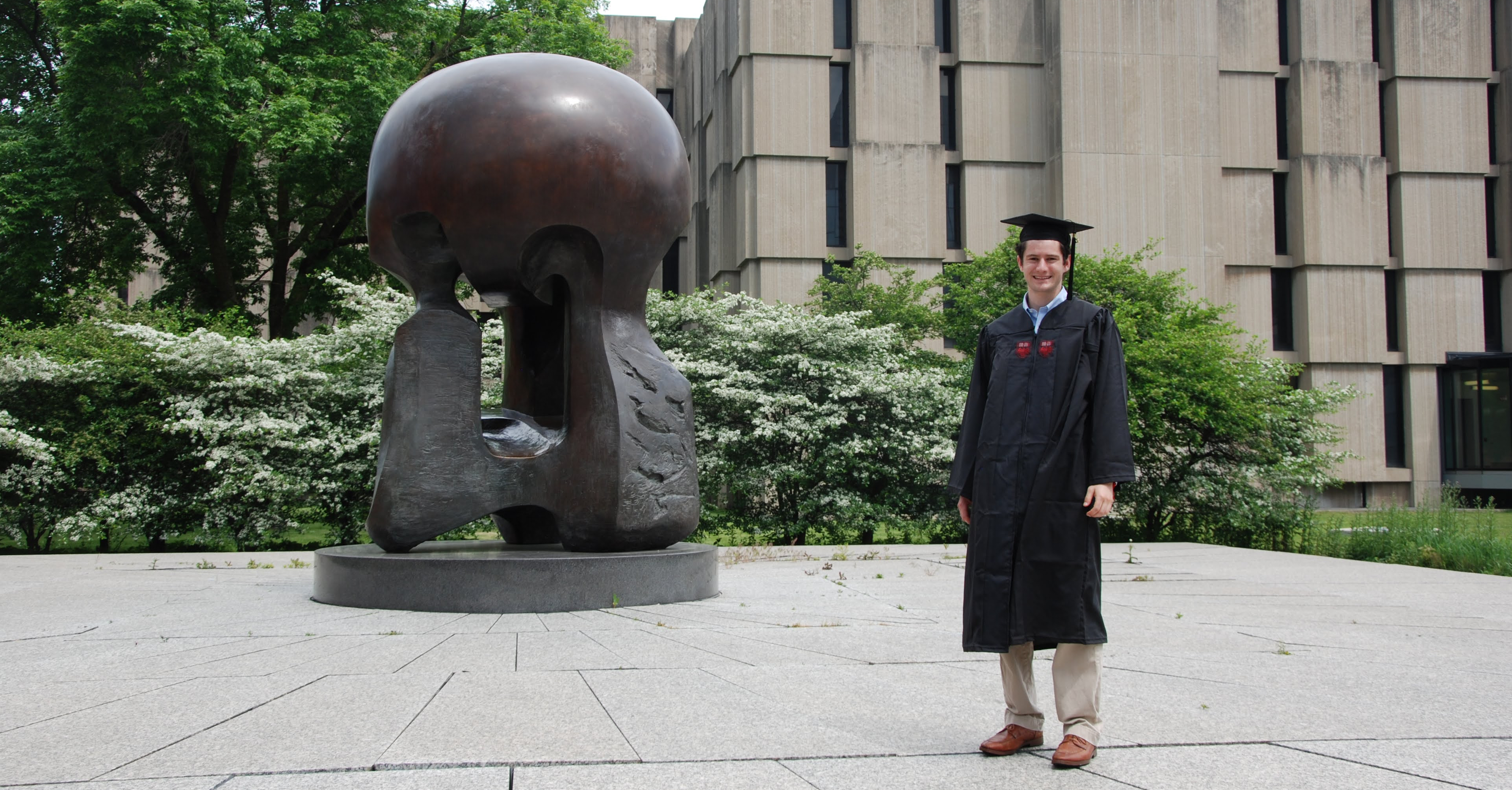
I grew up in Needham, MA, and got my early education through the Needham Public Schools system. Throughout high school, I played a lot of tennis and participated on the cross country and squash teams. After high school, I moved to the midwest to attend the University of Chicago. At UChicago, I studied Molecular Engineering and Computer Science. I was also president of the club tennis team and spent most of my weekends running practices for other students and members of the Hyde Park community. I am now a fourth year PhD student in chemical engineering and computational science and engineering at MIT. I am a member of the Dunkel and Bazant groups. In my free time, I play on the MIT club tennis team and host trivia nights for the chemical engineering department. I also spend many weekends hiking and camping in the white mountains in New Hampshire.
Research
- Risbeck, M.J.*,Cohen, A. E.*, ..., Bazant, M.Z. (2023). Data-driven control of airborne infection risk and energy use in buildings. Building and Environment. 245, 110893. This paper integrates real data from indoor air quality measurements with quantiative models of airborne disease transmission to develop a data-driven control strategy for indoor airborne disease transmission. In particular, introduce a control strategy called transmission-controlled ventilation (TCV), which dynamically adjusts outdoor air ventilation to maintain a desired risk of airborne disease transmission while also optimally reducing energy cost. TCV achieves this optimal performance by using carbon dioxide measurements to estimate occupancy and incorporating all air cleaning mechanisms into the transmission model.
- Zhao, H., Deng, H. D.,Cohen, A. E., ..., Bazant, M.Z. (2023). Learning heterogeneous reaction kinetics from X-ray videos pixel by pixel. Nature. 621, 289-294.
- Williams, N.J., Warburton, R. E., Seymour, I.D., Cohen, A. E., Bazant, M.Z., Skinner, S.J. (2023). Proton-coupled electron transfer at SOFC electrodes. The Journal of Chemical Physics. 158, 244107.
- Torrisi, S. B., Bazant, M.B., Cohen, A. E., ..., Sun, S. (2023). Materials cartography: A forward-looking perspective on materials representation and devising better maps. APL Machine Learning, 1(2). I contributed to this perspective on machine learning in materials science after taking part in a workshop on the topic. Co-authors include experts on machine learning in materials science from academia and industry.
- Cohen, A. E., Hastewell, A. D., Pradhan, S., Flavell, S. W., & Dunkel, J. (2022). Schrödinger dynamics and Berry Phase of undulatory locomotion. Physical Review Letters. 130, 258402. This paper was my first first-author publication in graduate school. We develop a general method of representing biophysical systems with a mode representation. We also develop a physically-constrained inference method for learning models in this representation from data. The models can be used to compare dynamics across biophysical systems. This work was covered by New Scientist.
- Sadati, M., Martinez-Gonzalez, J. A., Cohen, A., Norouzi, S., Guzmán, O., & de Pablo, J. J. (2021). Control of Monodomain Polymer-Stabilized Cuboidal Nanocrystals of Chiral Nematics by Confinement. ACS nano, 15(10), 15972-15981. This paper was from my first-ever research project. I studied how blue phase liquid crystals (BPLCs) can be stabilized and controlled in confinement. These confined BPLCs could be used as microscale sensors, as they can be designed to change colors in the presence of specific chemicals.
- Cohen, A. E., Jackson, N. E., & De Pablo, J. J. (2021). Anisotropic coarse-grained model for conjugated polymers: investigations into solution morphologies. Macromolecules, 54(8), 3780-3789. This paper came from my undergraduate honors thesis research project. I developed a coarse-grained model for polymers with aisotropic interactions, such as conjugated polymers. We studied the single-chain properties of such polymers, which is useful in designing organic photovoltaic and other organic electronic devices.
- Bazant, M. Z., Kodio, O., Cohen, A. E., Khan, K., Gu, Z., & Bush, J. W. (2021). Monitoring carbon dioxide to quantify the risk of indoor airborne transmission of COVID-19. Flow, 1. This paper was my first paper of graduate school. We showed how quantitative models of indoor airborne disease transmission can be used with CO2 measurements to get real-time risk assessment in buildings. Working on this paper was especially meaningful to me, as my grandmother had passed away a few months prior from COVID-19, and she always loved hearing about my research. This paper was chosen by the editor of Flow as a top 5 most influential article in Flow, and is listed in the top 20 most downloaded Flow papers.
- Cohen, A., Jonville, A., Liu, Z., Garg, C., Filippou, P. C., & Yang, S. H. (2020). Current driven chiral domain wall motions in synthetic antiferromagnets with Co/Rh/Co. Journal of Applied Physics, 128(5), 053902. This was my first paper from my internship with IBM Research. We studied current-driven domain wall motion in synthetica antiferromagnets. This behavior has potential to be used in neuromorphic computer chips.
Press
- My work on learning low dimensional representations and probabilistic models for C. elegans neural activity, locomotion, and behavior was covered in MIT Spectrum.
- Our Nature publication on learning physics from images for lithium ion battery materials was covered in MIT News and SLAC News!
- My work on learning physically-constrained models in mode space for biophysical systems was covered by New Scientist! The fact that these models took the same mathematical form as a matrix linear Schrödinger equation was fun for popular science.
- My work on quantifying indoor airborne disease transmission was chosen by the editor of the journal as a top 5 most influential article in the journal, and it is listed in the top 20 most downloaded articles in the journal.
Talks
- I presented at the JuliaCon 2023 in the computational biology session on low-dimensional mode representations of biological systems. I talked about fast and efficient numerical methods implemented in Julia to project high-dimensional data onto a suitable basis, and methods to learn dynamical systems in this basis.
- I presented at the APS March 2023 Las Vegas meeting on learning and controlling phase separation in complex geometries with differentiable physics.
- In June 2022, I gave an invited talk to the battery reading group of the machine learning research team at the Toyota Research Institute (TRI). I presented on scientific machine learning with applications to continuum modeling of battery materials. My slides can be found here.
- I presented at the APS March 2022 Chicago meeting on spectral mode dynamics of animal behavior, and coupling these modes with physically-constrained machine learning matrix factorization methods for modeling animal locomotion and behavior.
Research Pictures
Here are some pictures I took of my research projects.

